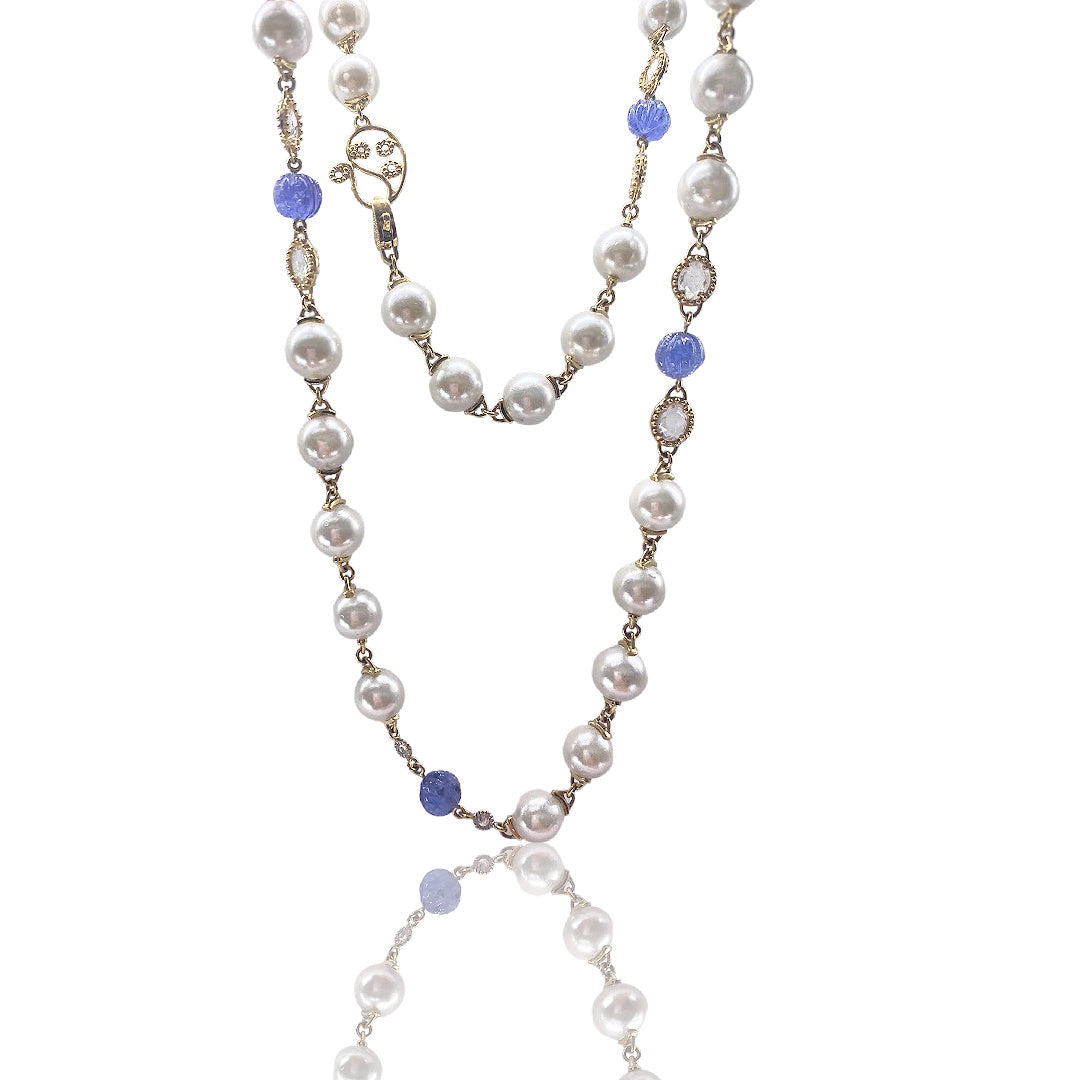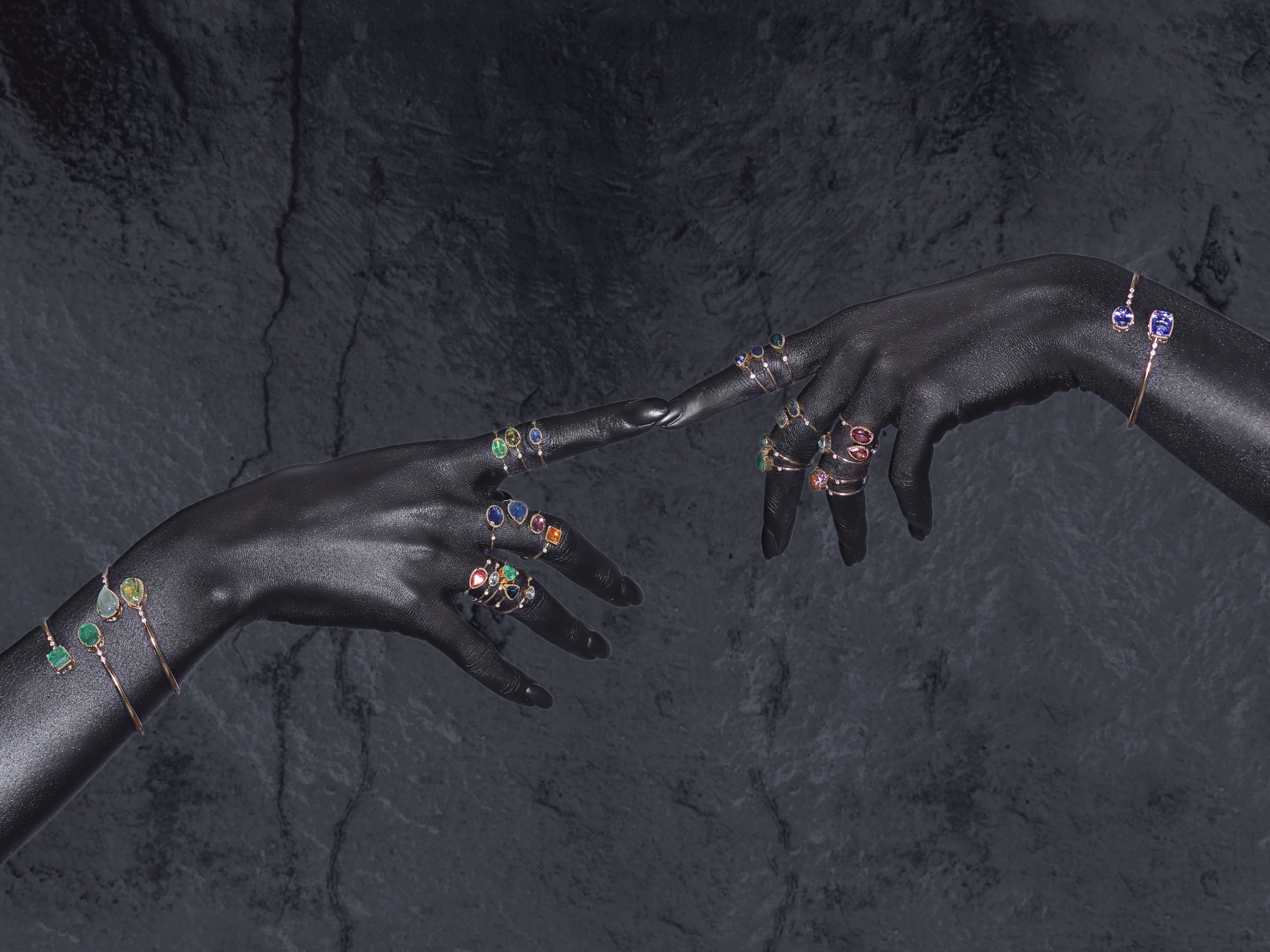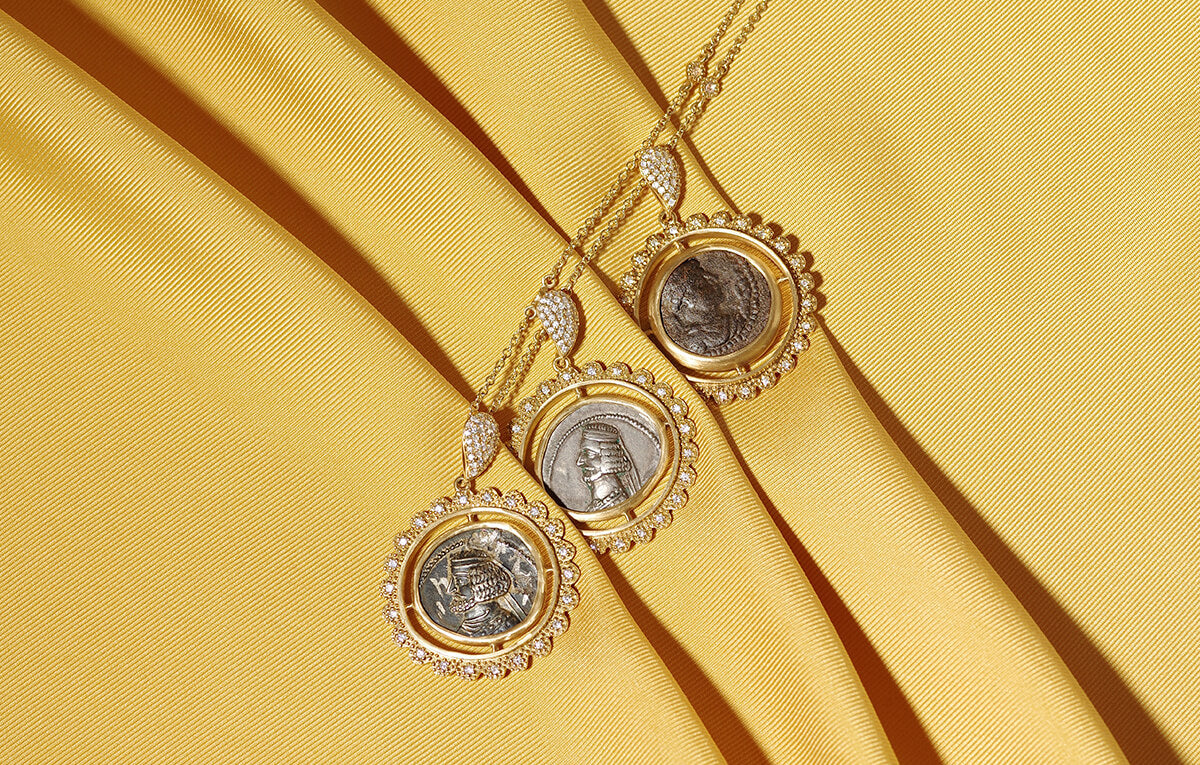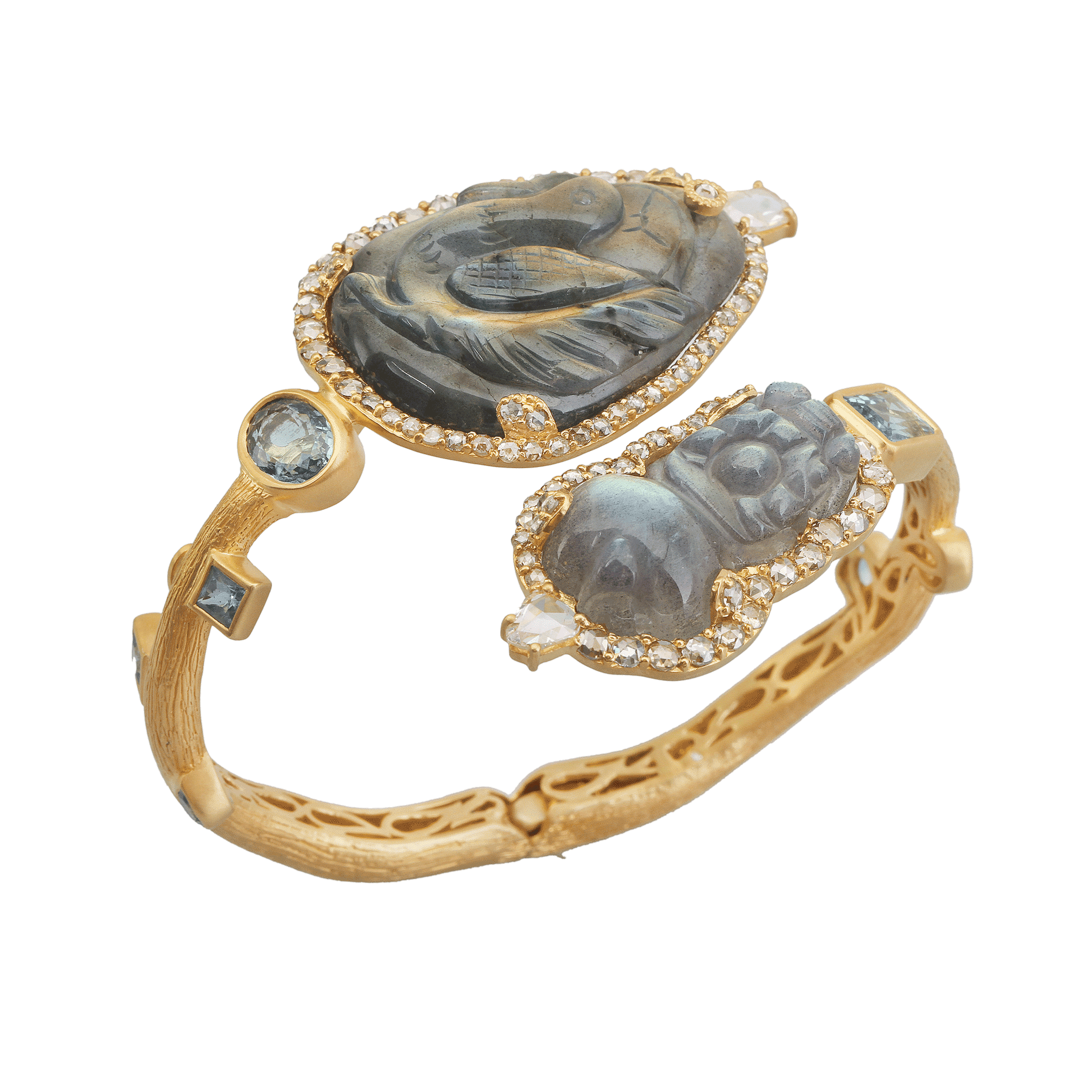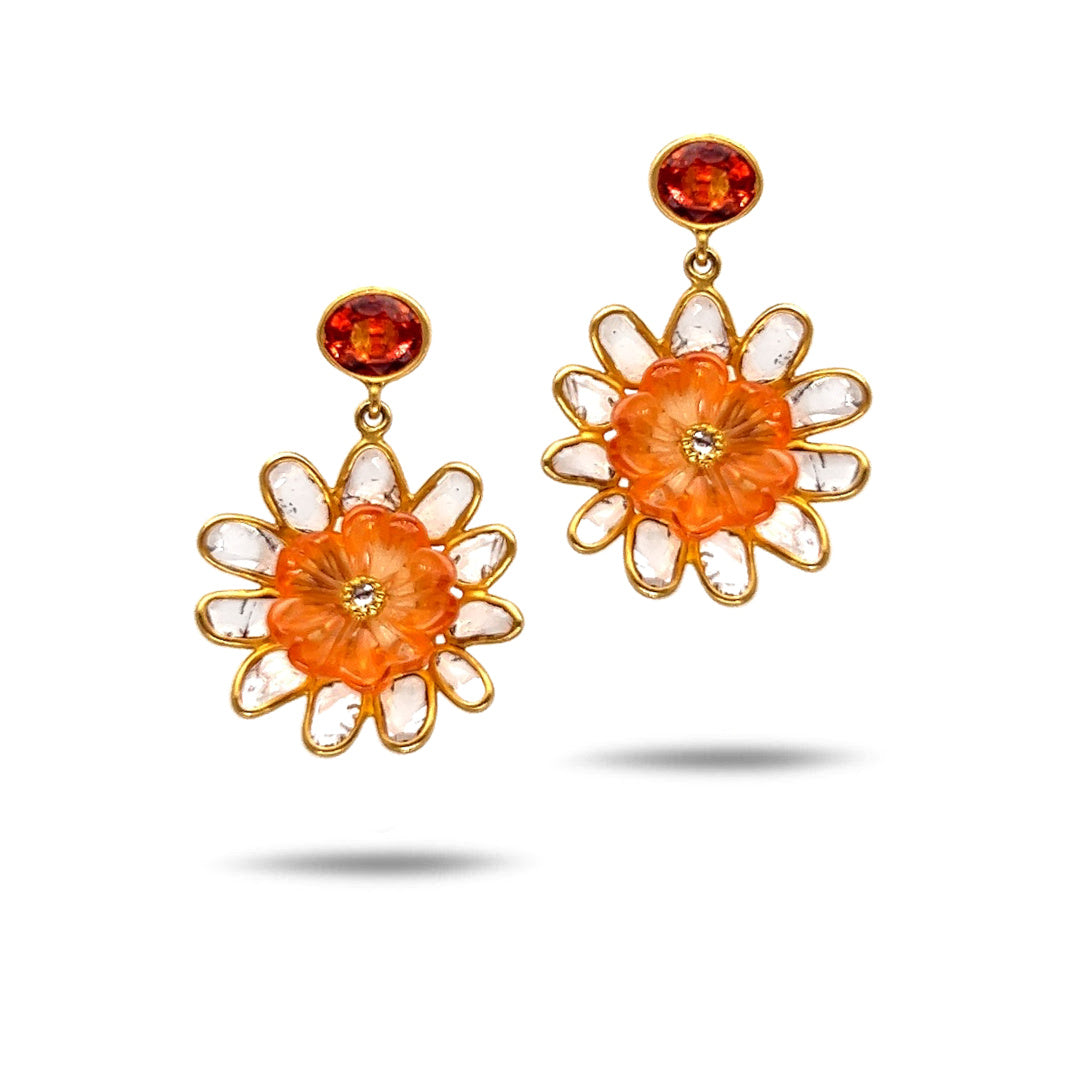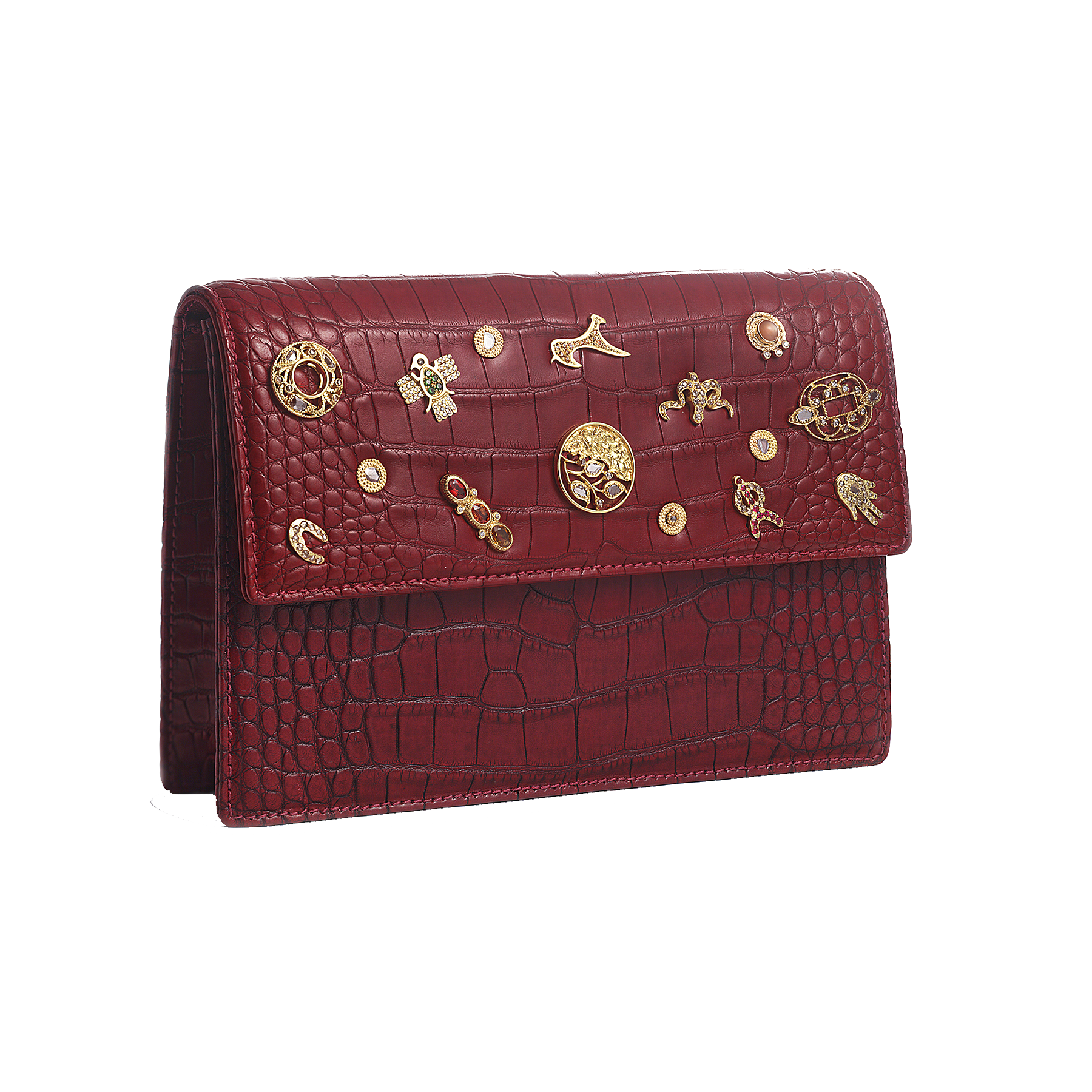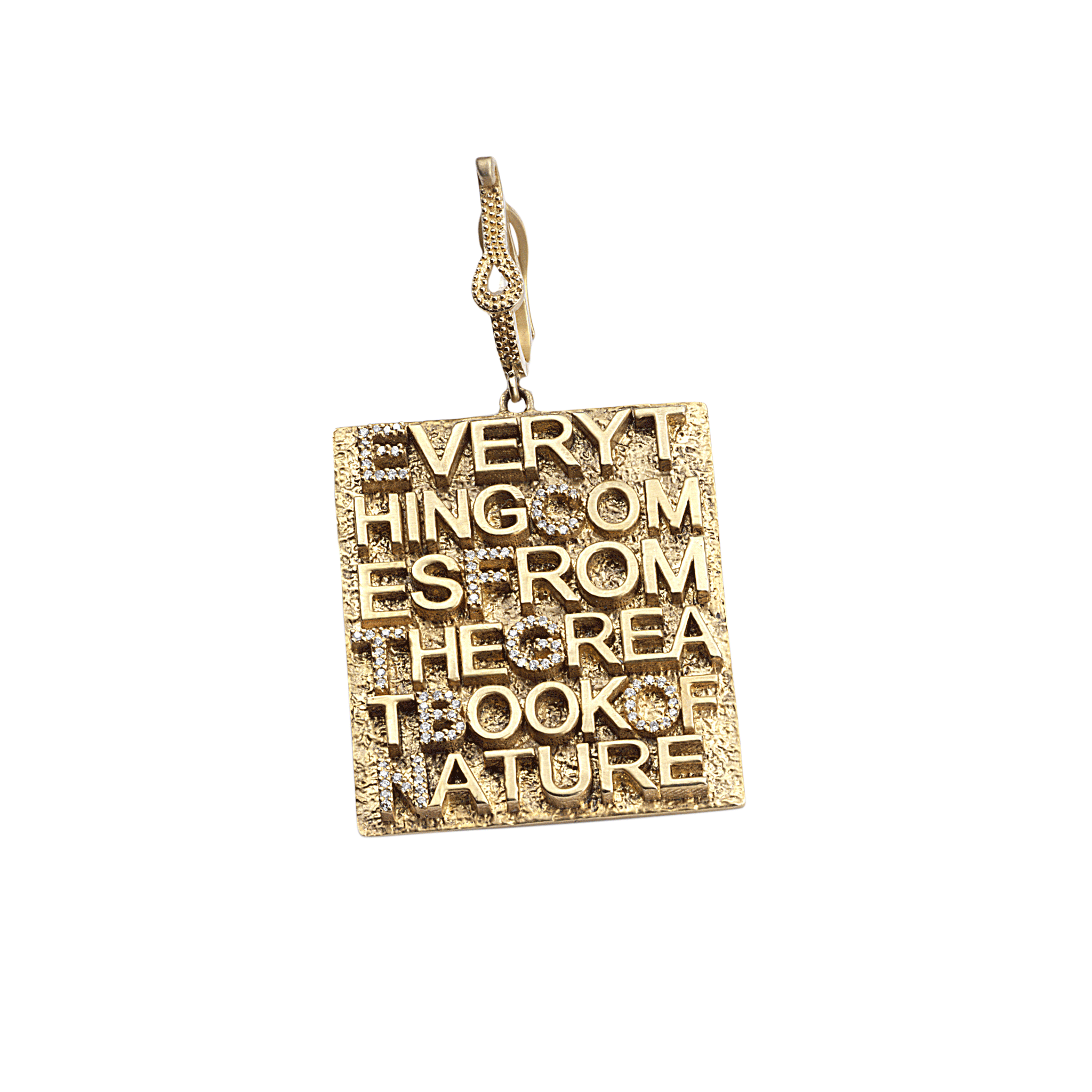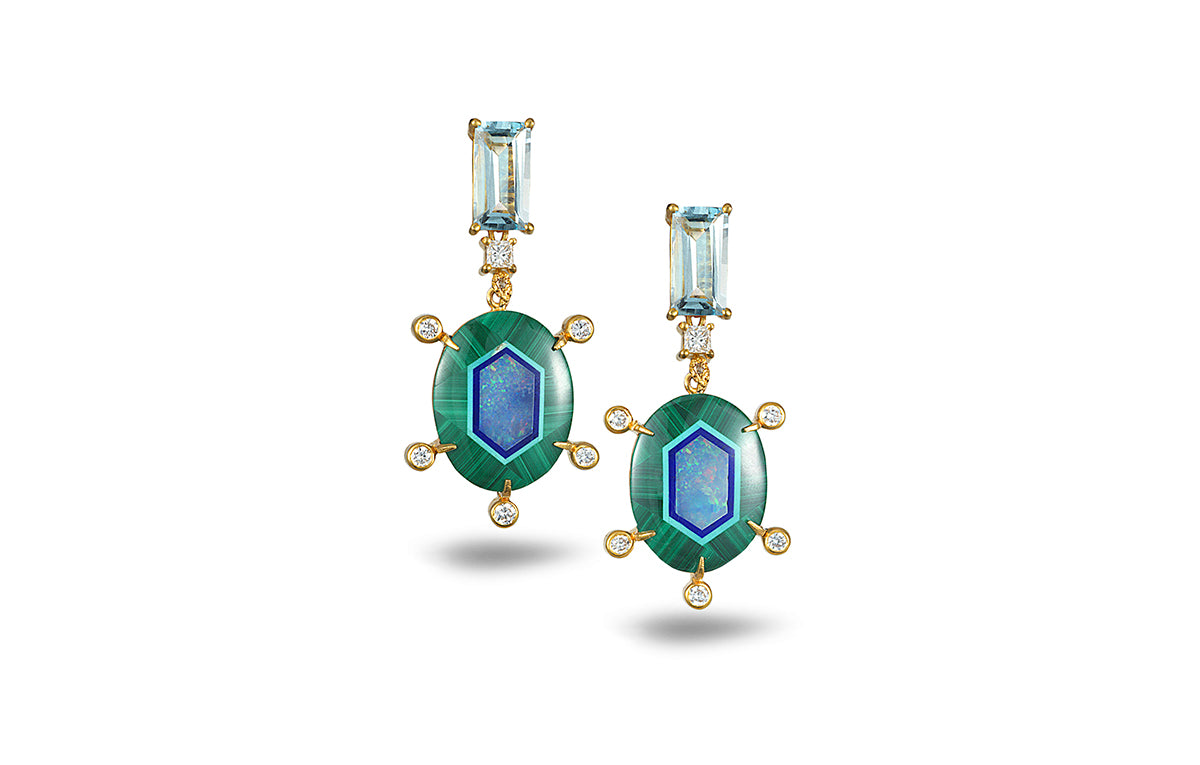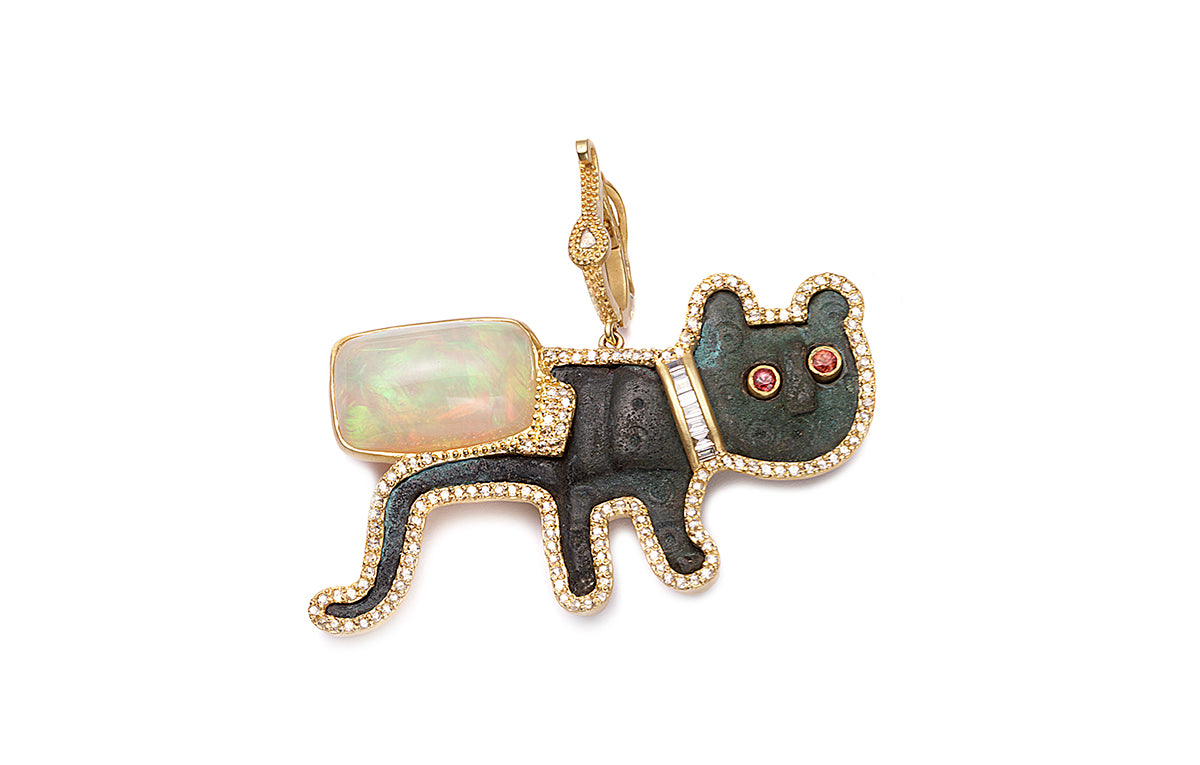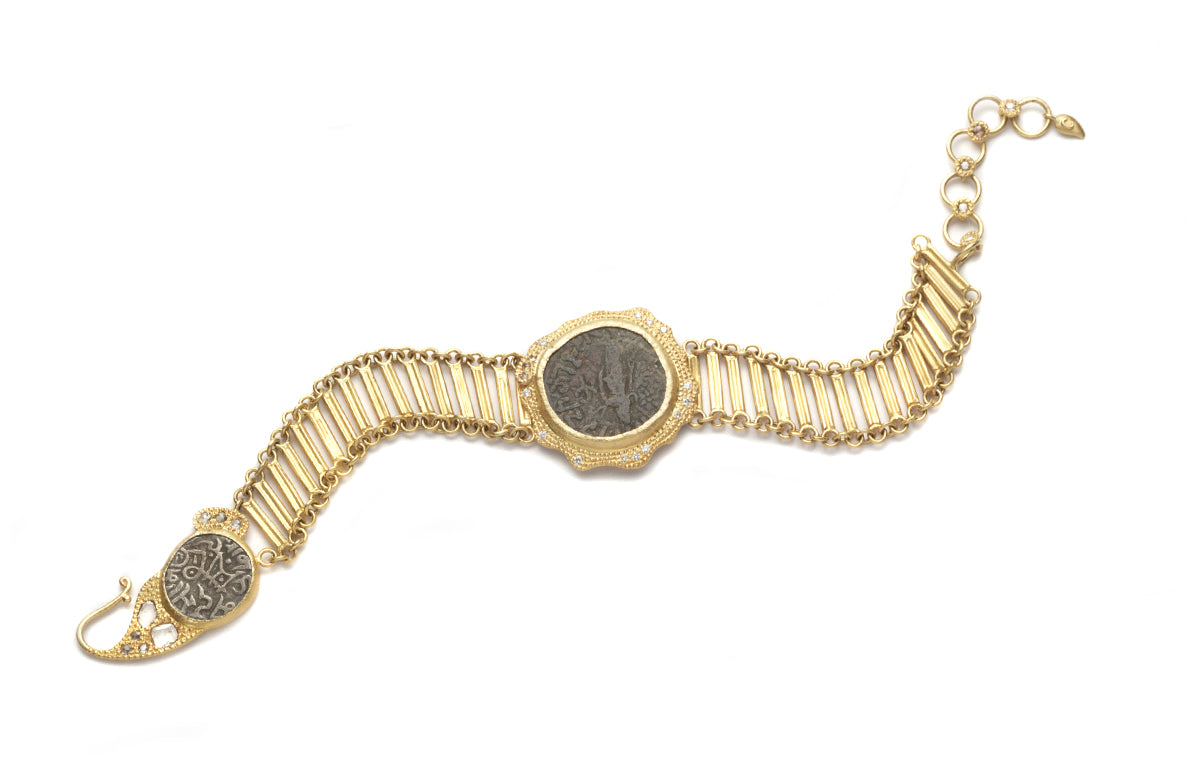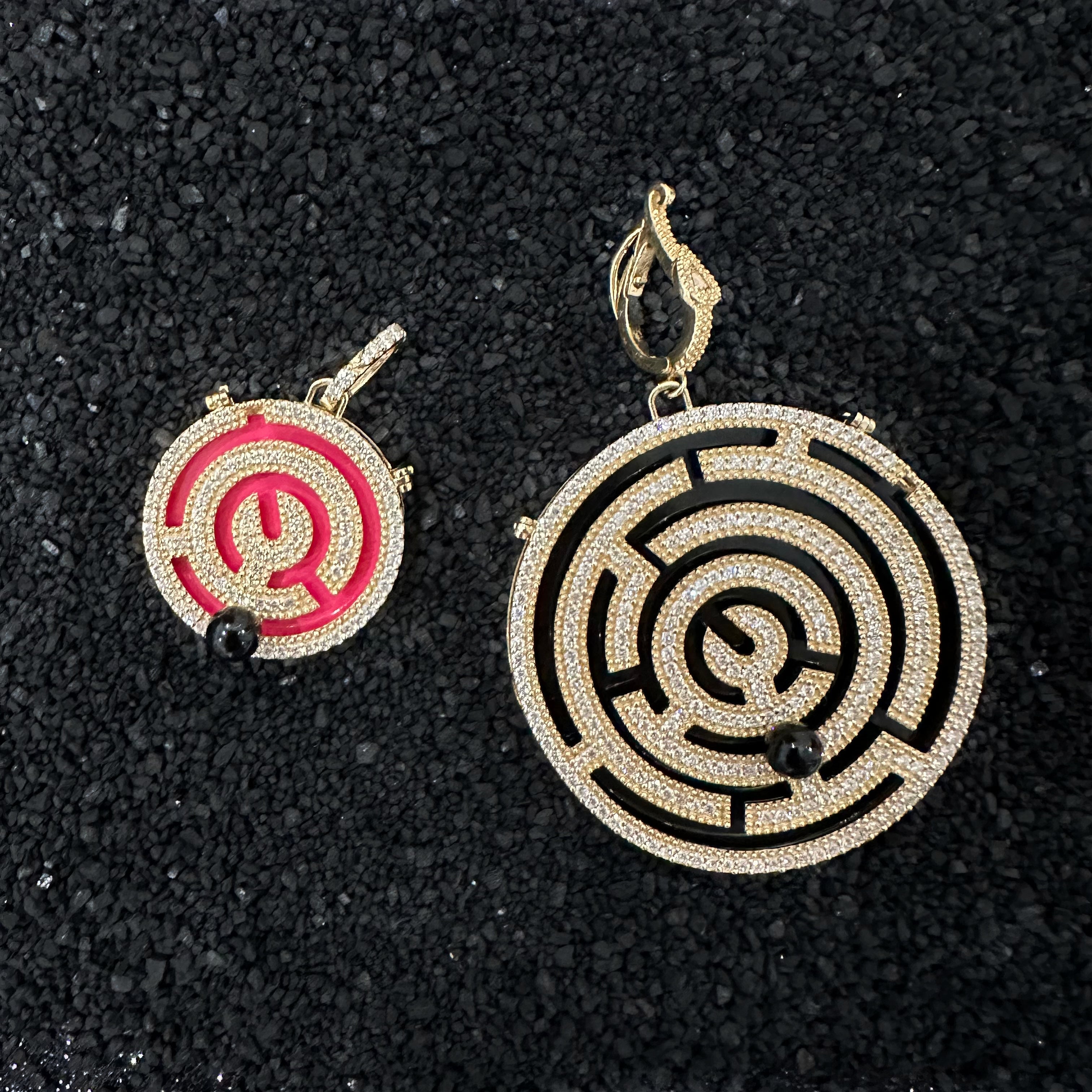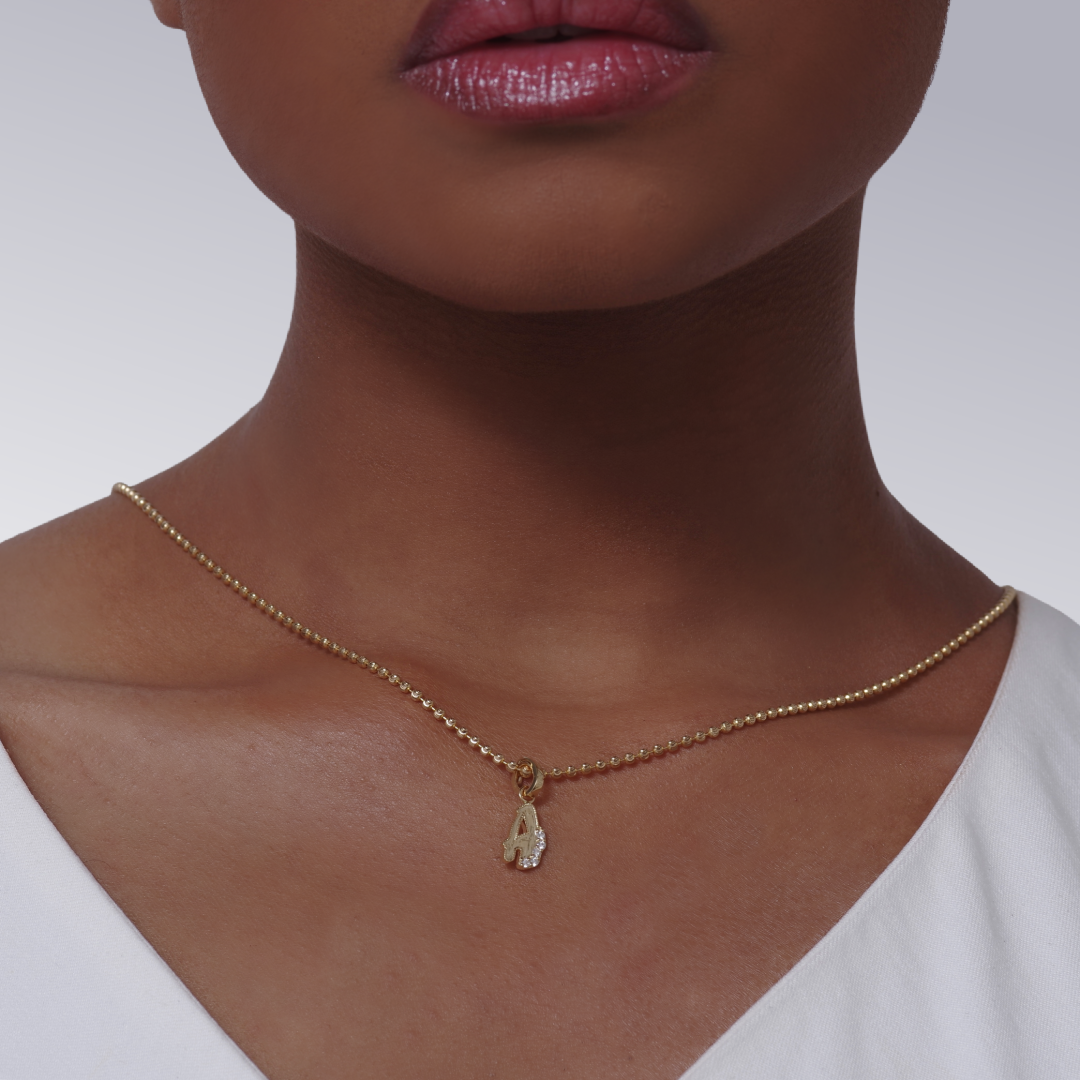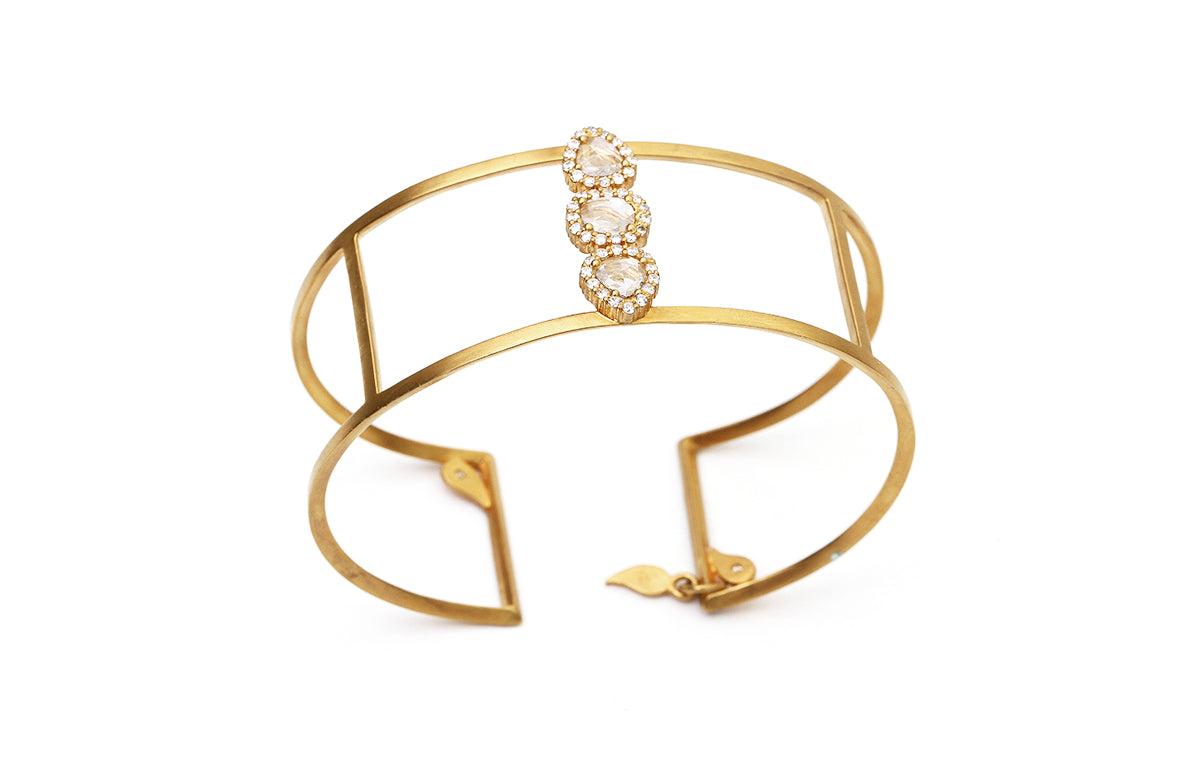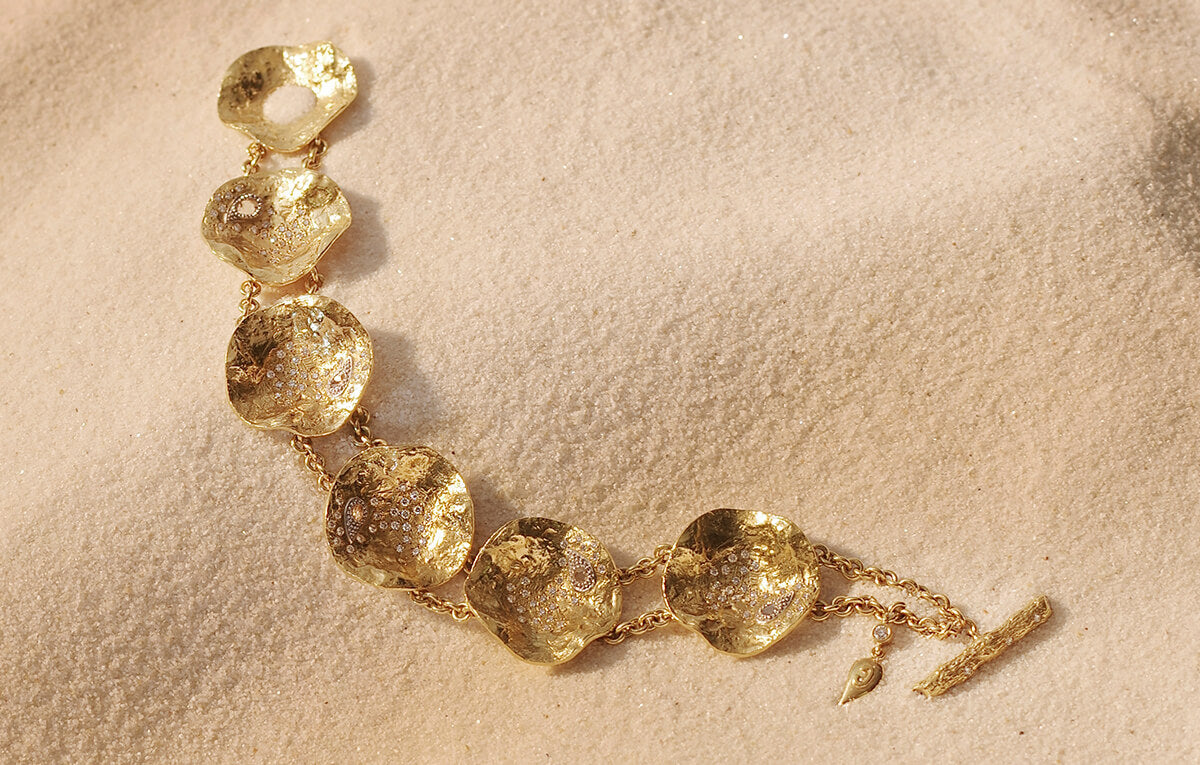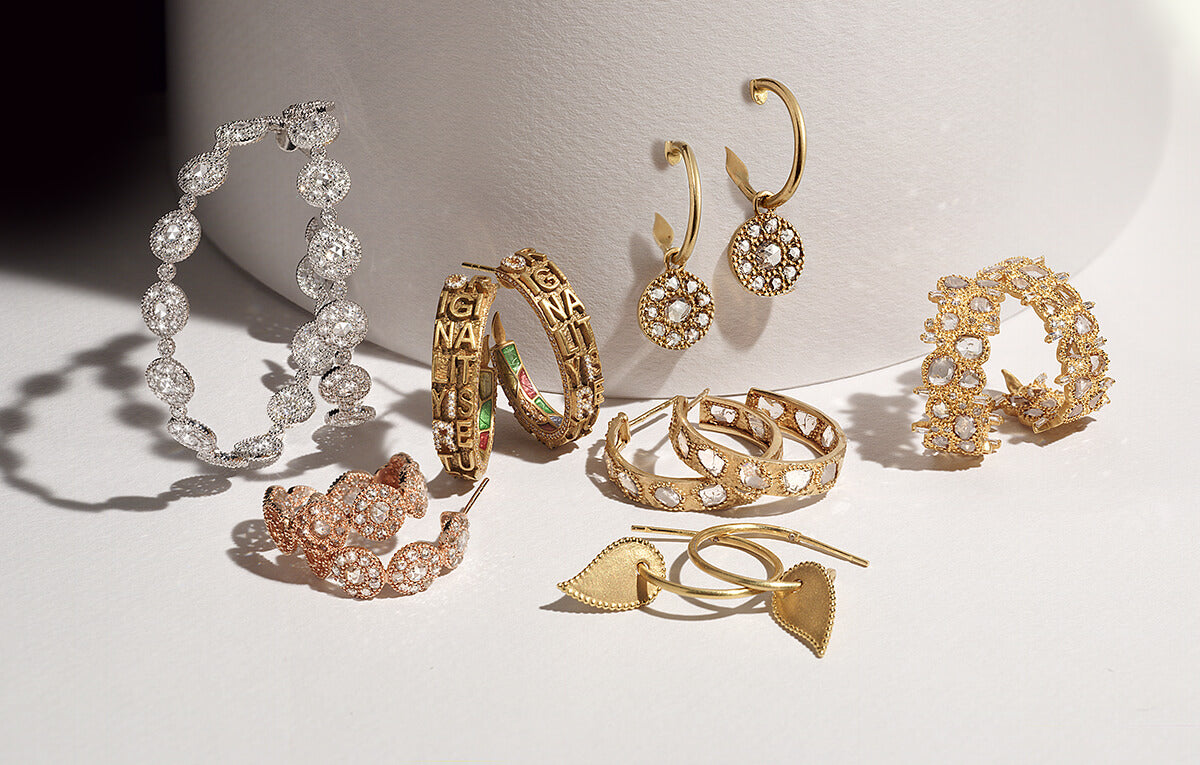While hoop earrings of all sizes and styles seem to be having a moment, there are many jewelry lovers and historians who would argue the style has always been in vogue. Hoops in all metals and sizes have been around about as long as jewelry itself.



Dating as far back as the bronze age – particularly the Minoan civilization (c. 2700 to c. 1100 BC) – hoop earrings were created in gold, silver, and, you guessed it, bronze. Examples of hoop earrings being worn can be seen in frescoes dating back to roughly 1600 BC on the island of Santorini, and while the frescoes largely depict hoop earrings worn by women, there is evidence that suggests hoop earrings were also worn by men, particularly during the era of ancient Persia where carvings were created showing soldiers wearing a single hoop earring.


Hoop earrings can also be traced back to 4thcentury Africa – particularly to Nubia – which is now the country of Sudan. They were an important accessory for Egyptians as well as with the Hmong women of Vietnam and the Gadaba tribe of India. Not only has the hoop earring held its own in ancient history but it also found a place in both pop culture and street culture, where it largely remains today.



In the 1920s, American-born entertainer Josephine Baker was a staple on the French dance scene during the jazz age. Large hoop earrings often graced her ears both on and off the stage, becoming a sort of calling card.



In the 1960s, hoops were a common accessory for women of color, but hoops were also worn by entertainers of that era, too; singers like Cher and Diana Ross were often seen donning hoops under glorious heads of rich, dark hair. In the 70s, hoops found their place in the disco scene, no matter the ethnicity of the wearer. However, in the 80s and 90s, as rap and R&B gained a greater role in the modern music scene, hoop earrings were associated with urban styles and were often decorated with gemstones, names, or phrases.


But as we know based on research, hoop earrings – likely more than any other form of jewelry – are timeless and genderless. It is a style that spans culture and ages, and likely will continue to for centuries to come. But why? What is it about the hoop that makes it more appealing than say a stud? That makes it seemingly more timeless? Well, for one, the shape of it says a lot.


A hoop is a circle, and while hoop earrings have to open at some point in order for them to be placed on an ear, the idea of the circle is that it is infinite, like time. The things in nature that give us life are circular: the sun, the earth, and the womb. The circle is the ultimate symbol of life having no beginning and no end. Hoop earrings are a symbol, quite plainly, of a power that has purpose and meaning.


It will be interesting to see which icons of tomorrow will be shown pictured wearing hoop earrings when society looks back on the styles of this century. Will it be sports figures, a politician, a musician, a philanthropist? Will the person even be female? Whatever the case, we can almost guarantee that future generations will determine their own need for this jewelry wardrobe staple.







